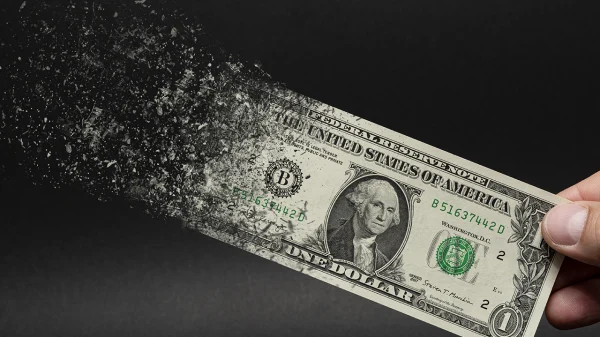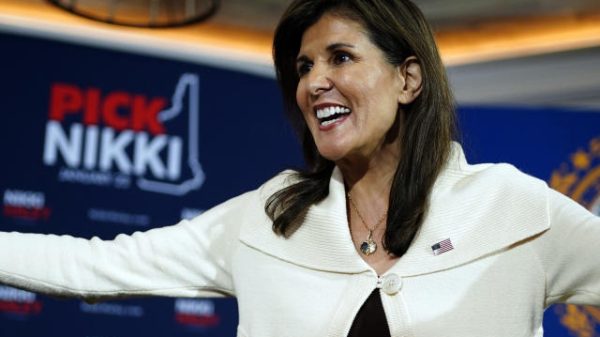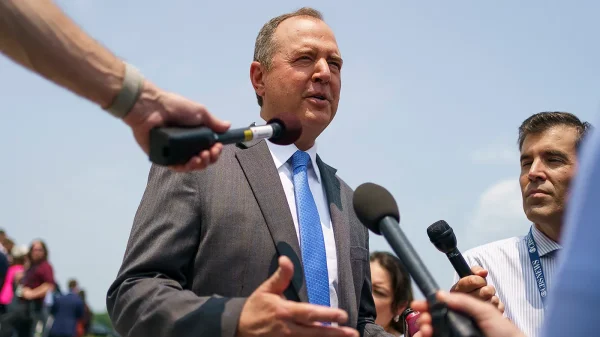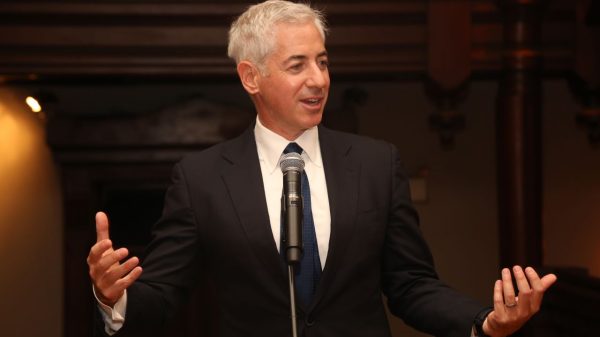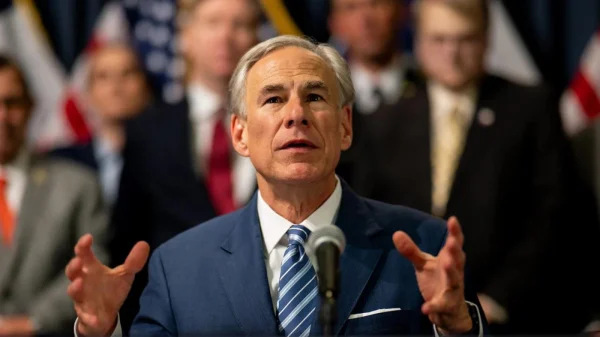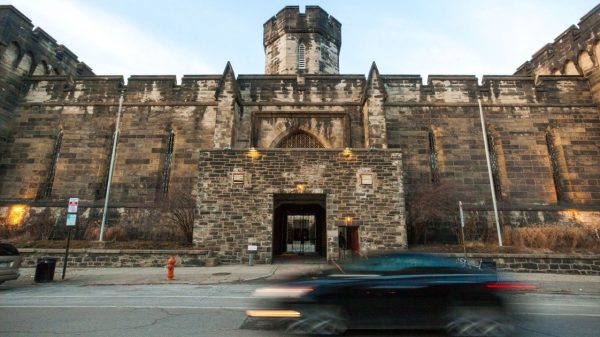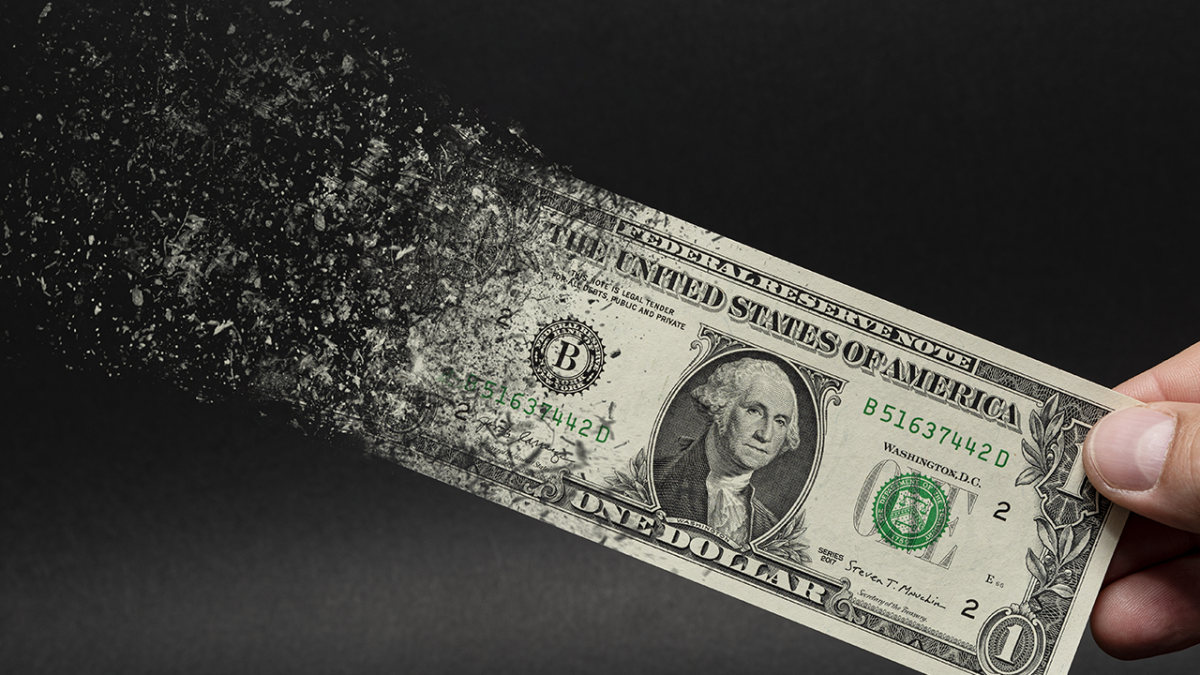Last month witnessed a slight increase in the nationwide inflation rate, which was perceived as an unwelcome glitch by many consumers and Washington policymakers. However, for most of California, this development may be of more serious concern.
The December increase, measuring 3.4% over the price level a year earlier, could pose challenges for the Federal Reserve’s anticipated move to begin cutting interest rates in the spring, as forecasted by many analysts. Politically, it brought unfavorable news for President Biden, who, despite overseeing a significant drop in inflation, has yet to receive due credit among voters.
California, with its already elevated price levels for goods and services, including energy and housing, is expected to experience more notable consequences due to this modest uptick in inflation compared to almost anywhere else in the country.
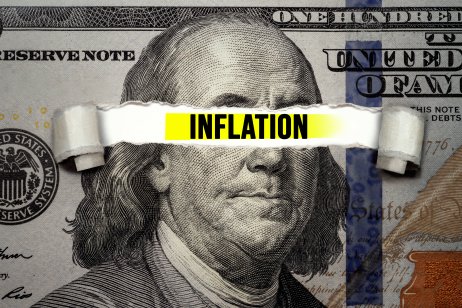
Apart from Hawaii, California is often ranked as first or second among the states with the highest cost of living in many studies, reaching between 35% and 45% above the national average.
In practical terms, this implies that a household in Los Angeles, with a $100,000 income, could maintain the same standard of living while earning $69,000 in Dallas and $65,000 in Las Vegas, as per Bankrate.com.
The ongoing exodus of many Californians is largely attributed to the high cost of living, which may also contribute to the relatively lackluster mood in the state.
While consumer confidence in the U.S. has seen an improvement, California remains below the national average and significantly lags behind other prominent states such as Texas, Florida, New York, and Pennsylvania, according to the Conference Board.
Excluding the pandemic year of 2020, Californians’ consumer sentiment for December hasn’t been so low since 2014. The Conference Board surveys both people’s current conditions and their expectations, revealing that California consumers have a very low appraisal of what the next six months will bring, mirroring the sentiment of the country as a whole.

“They feel quite beaten up. Part of it is inflation,” noted David Tinsley, a senior economist at the Bank of America Institute.
Thursday’s inflation report from the Bureau of Labor Statistics revealed that the consumer price index increased 0.3% from November, surpassing analysts’ expectations. The increase dampened hopes for an imminent interest rate cut among some investors, potentially weakening the overall economic outlook by maintaining higher borrowing costs for businesses and households.
BLS data indicated that consumer prices in the Los Angeles area rose 3.5% from a year earlier in December, slightly exceeding the national average for all urban consumers. The year-over-year inflation rate for the Bay Area in December was 2.6%.
In the U.S., inflation had been decreasing fairly quickly since peaking at 9.1% in June 2022 as key pandemic-induced effects contributing to the price surge were diminishing. These effects included supply chain disruptions and a surge in stay-at-home spending that outpaced inventory.
For staple goods such as groceries and clothing, inflation is currently running below the Fed’s preferred overall inflation target of 2%, and some items, including appliances and electronics, are experiencing outright declines in prices. For example, eggs cost 23% less than a year ago, but prices are still higher than in 2019 and could rise again.


